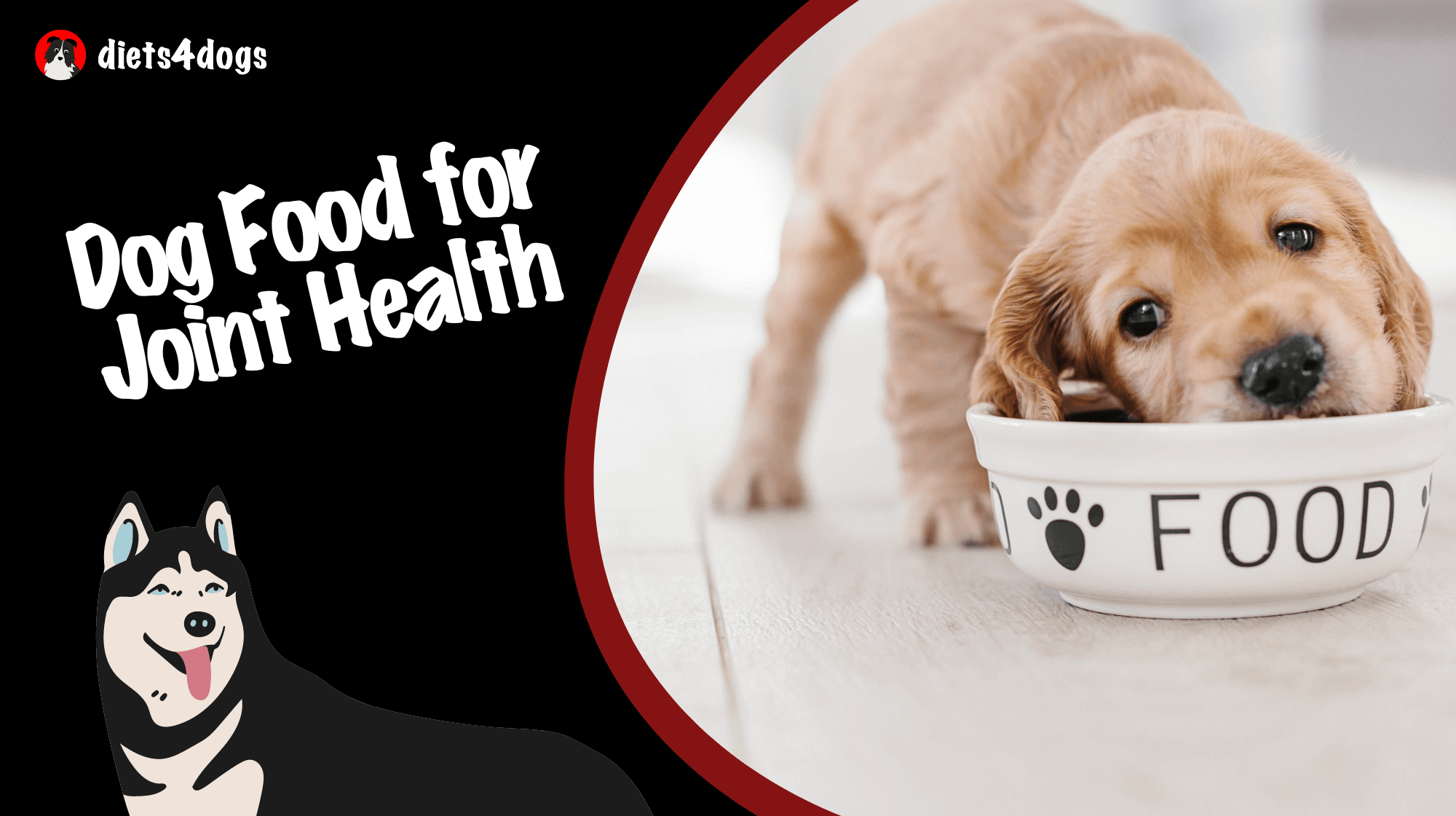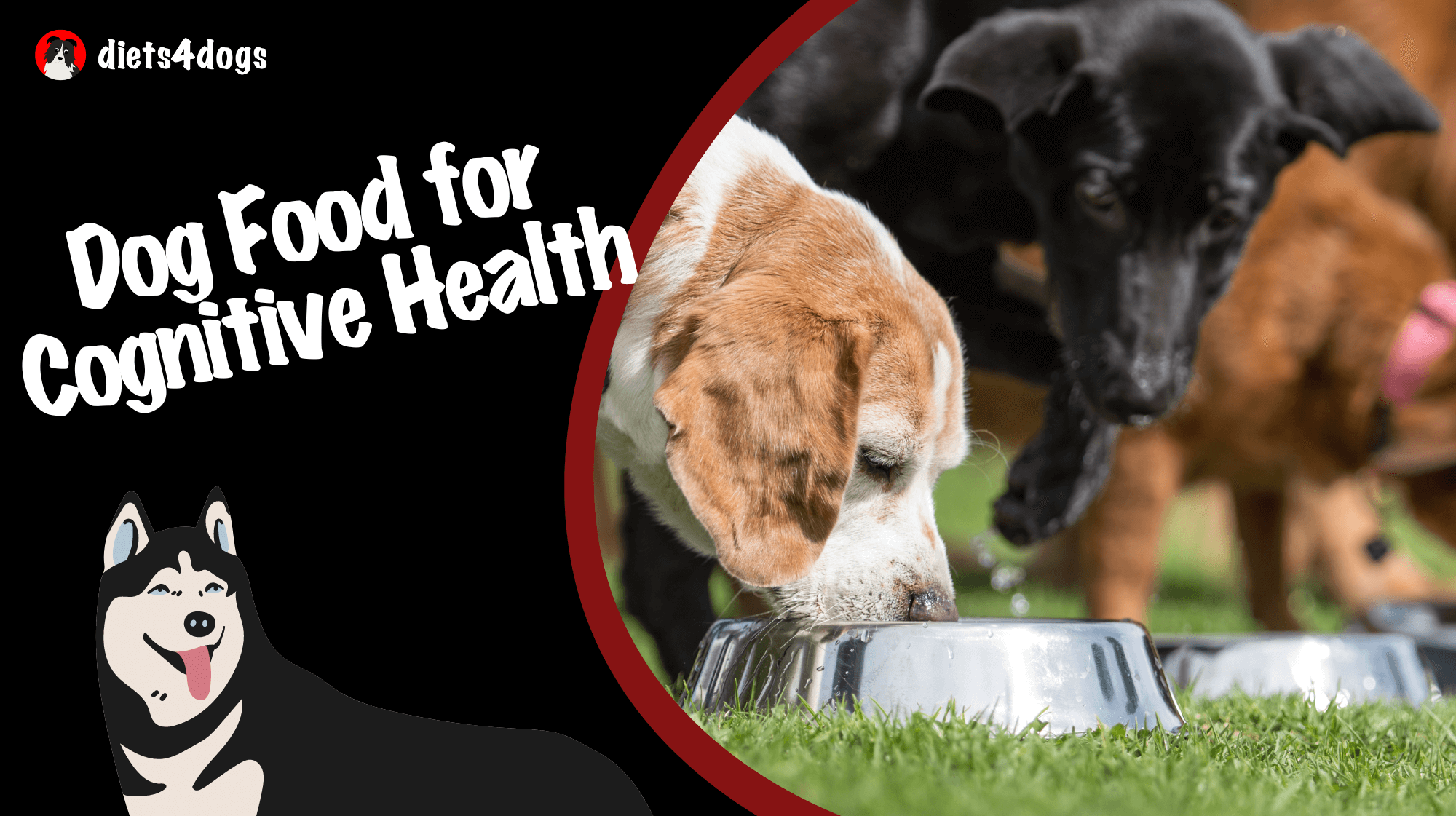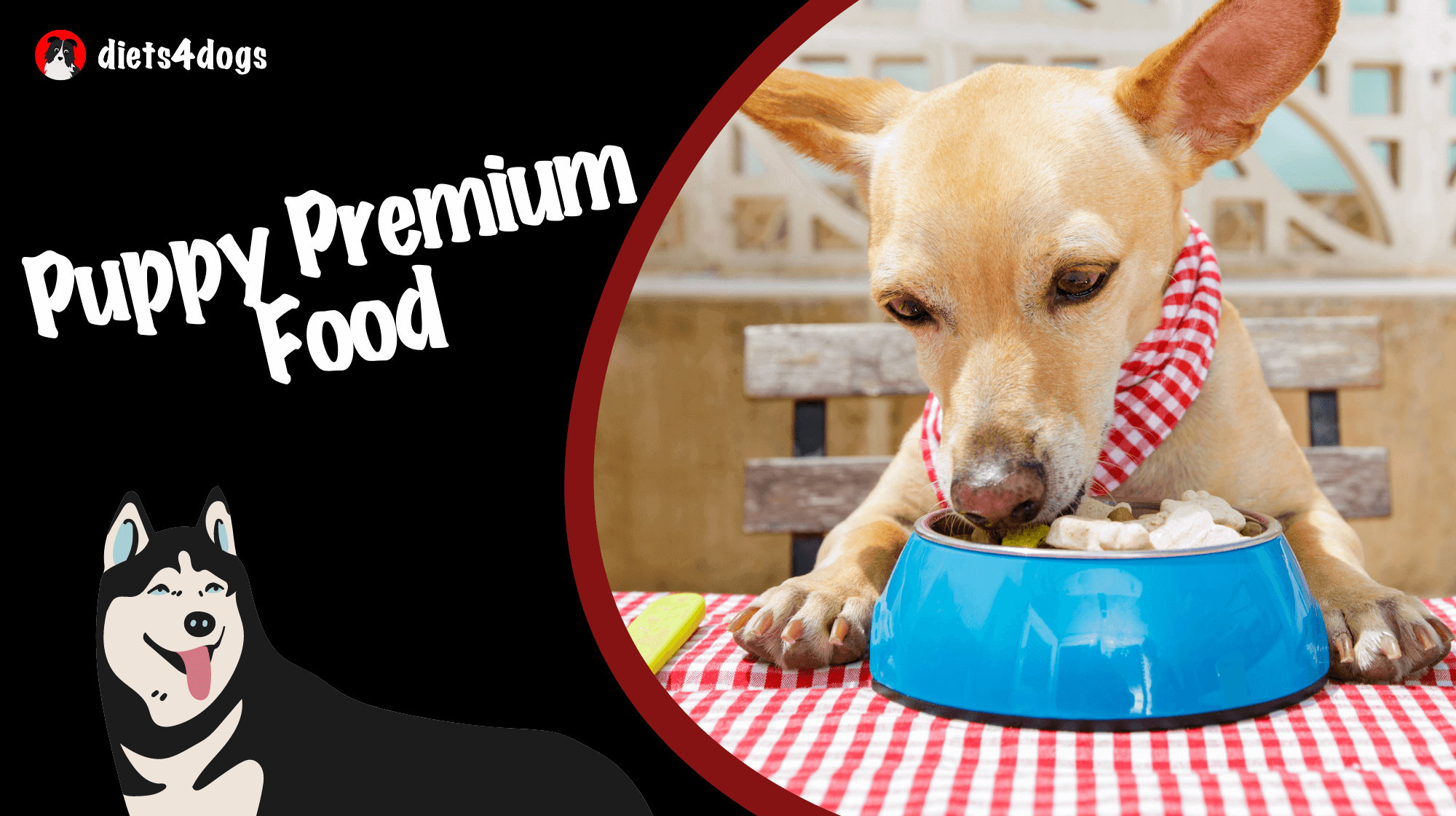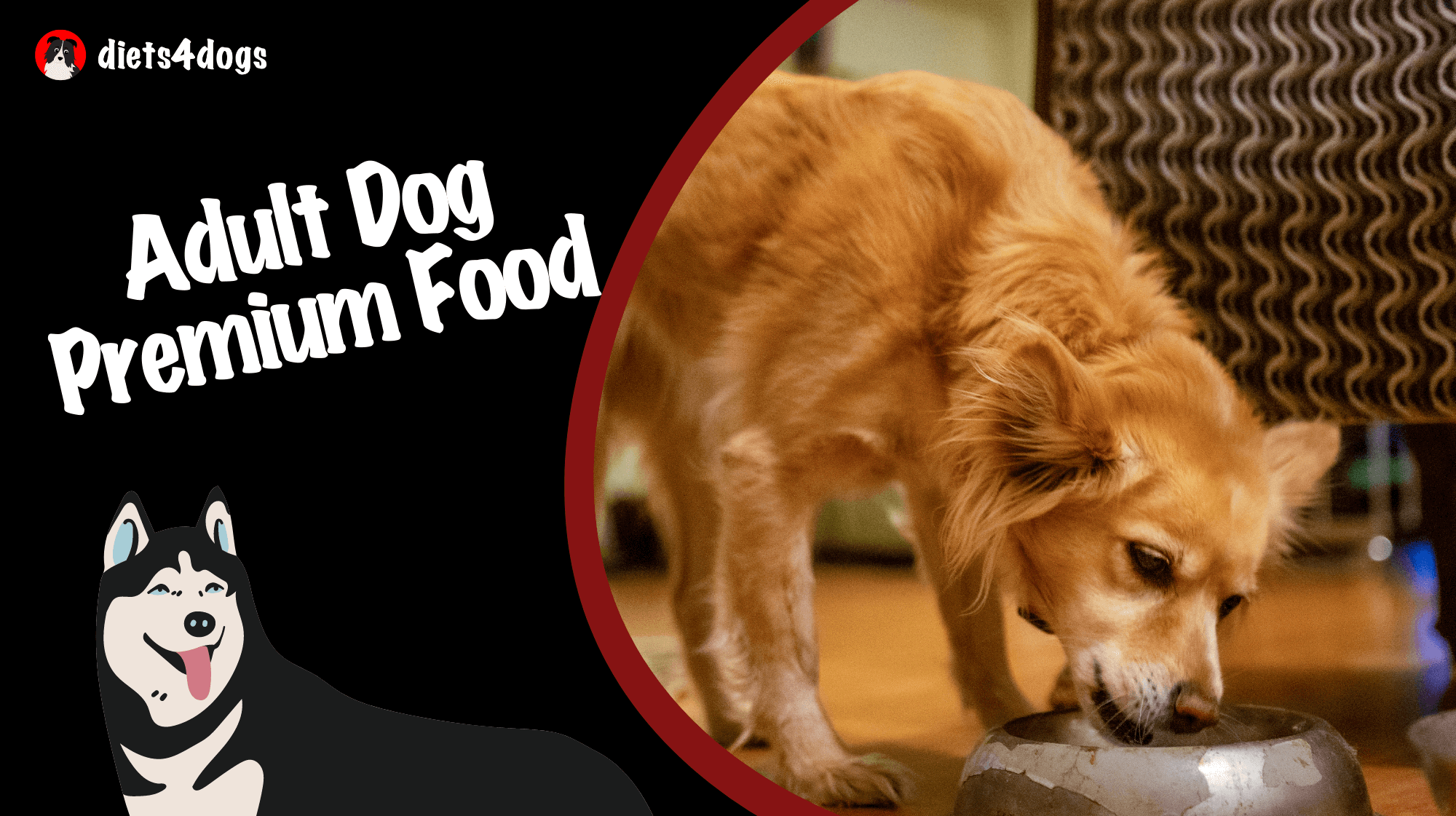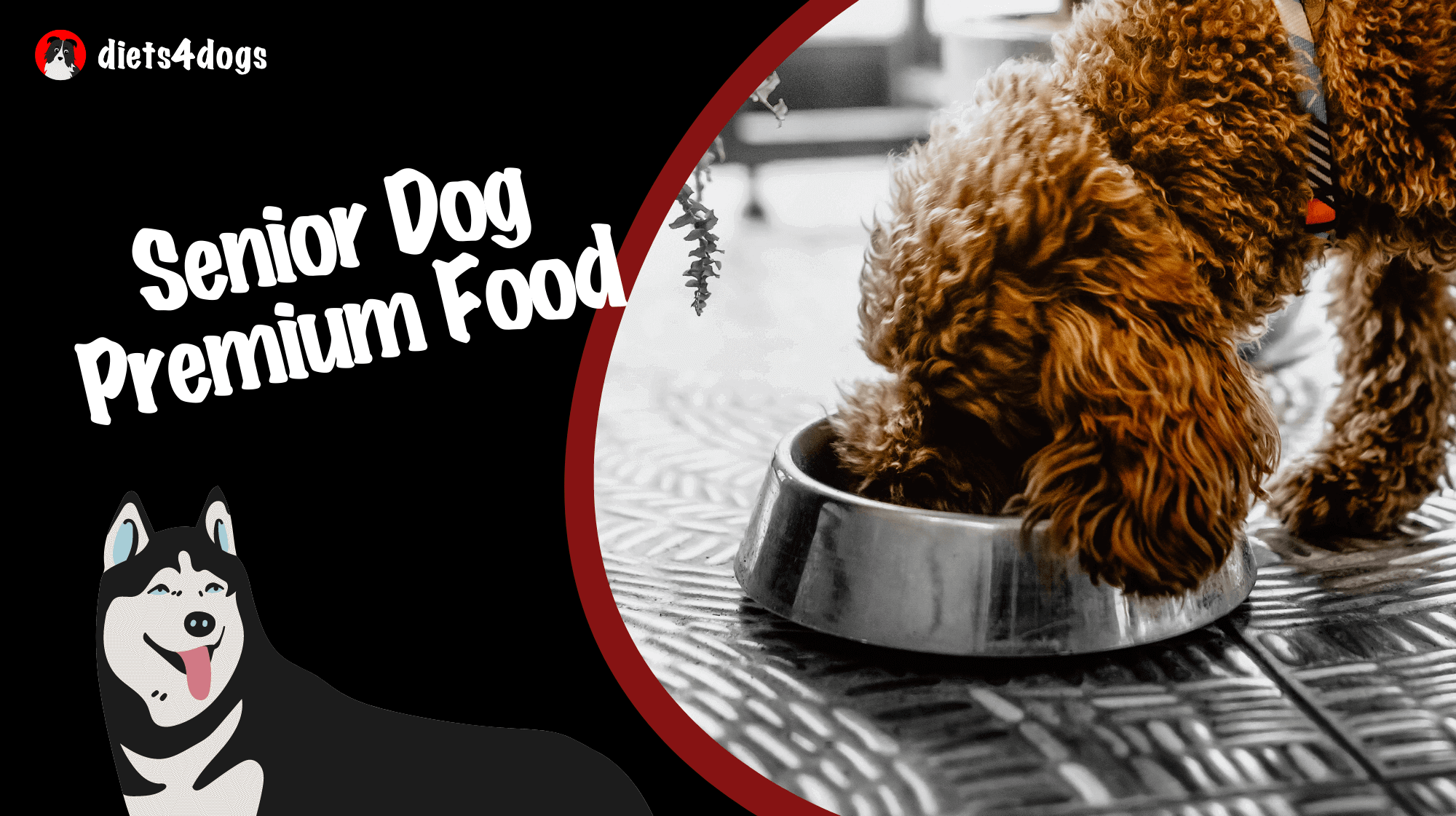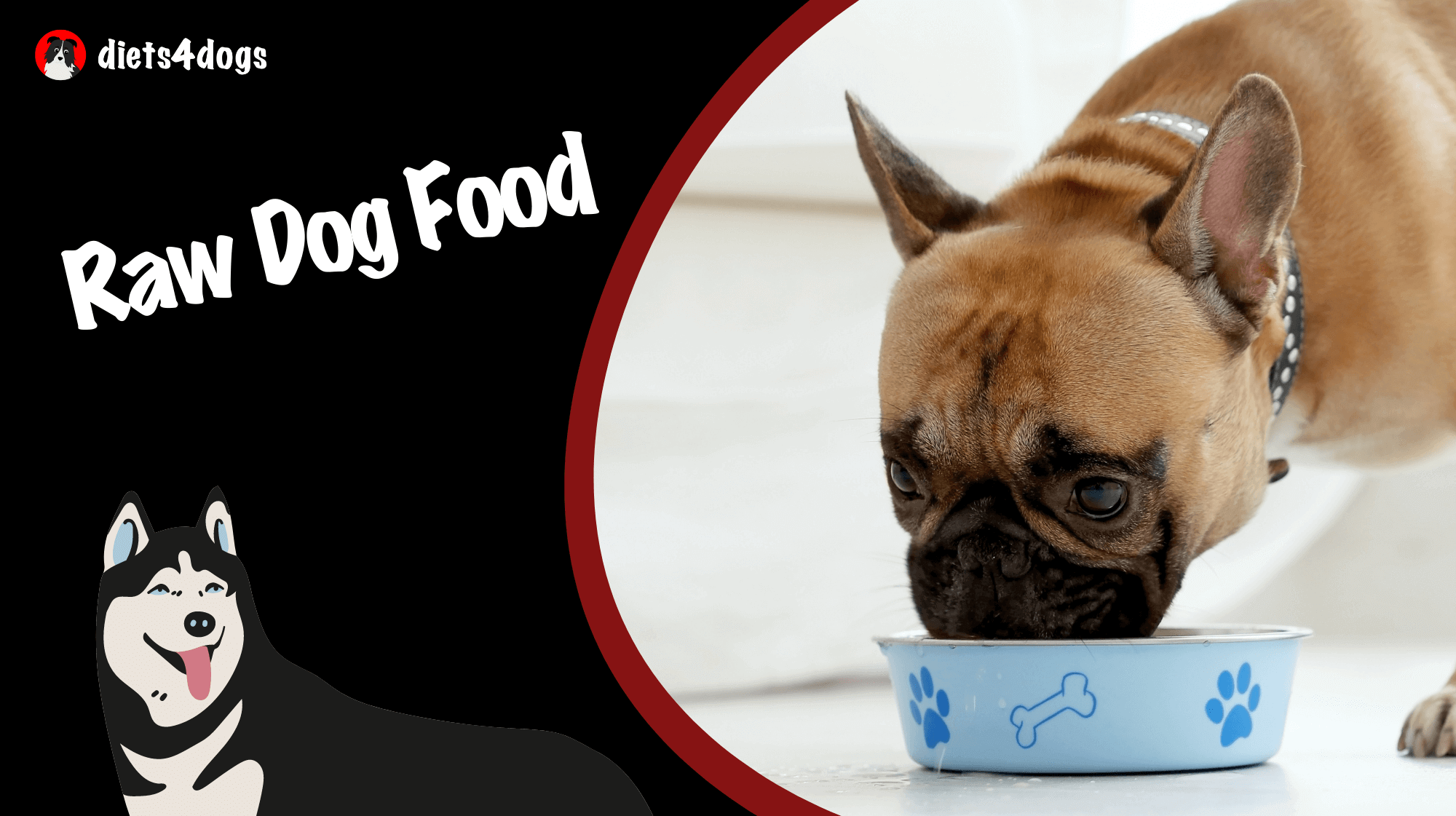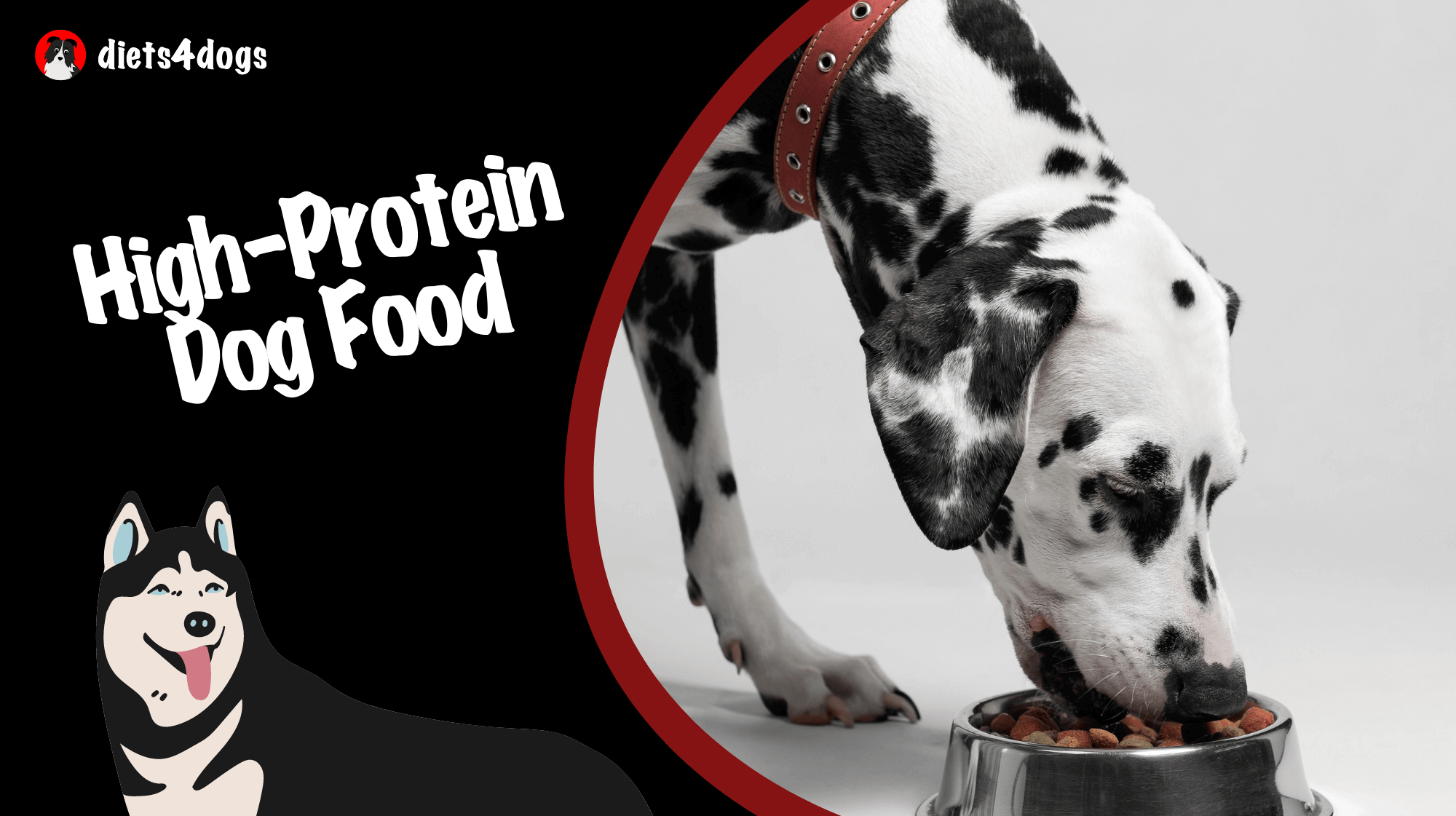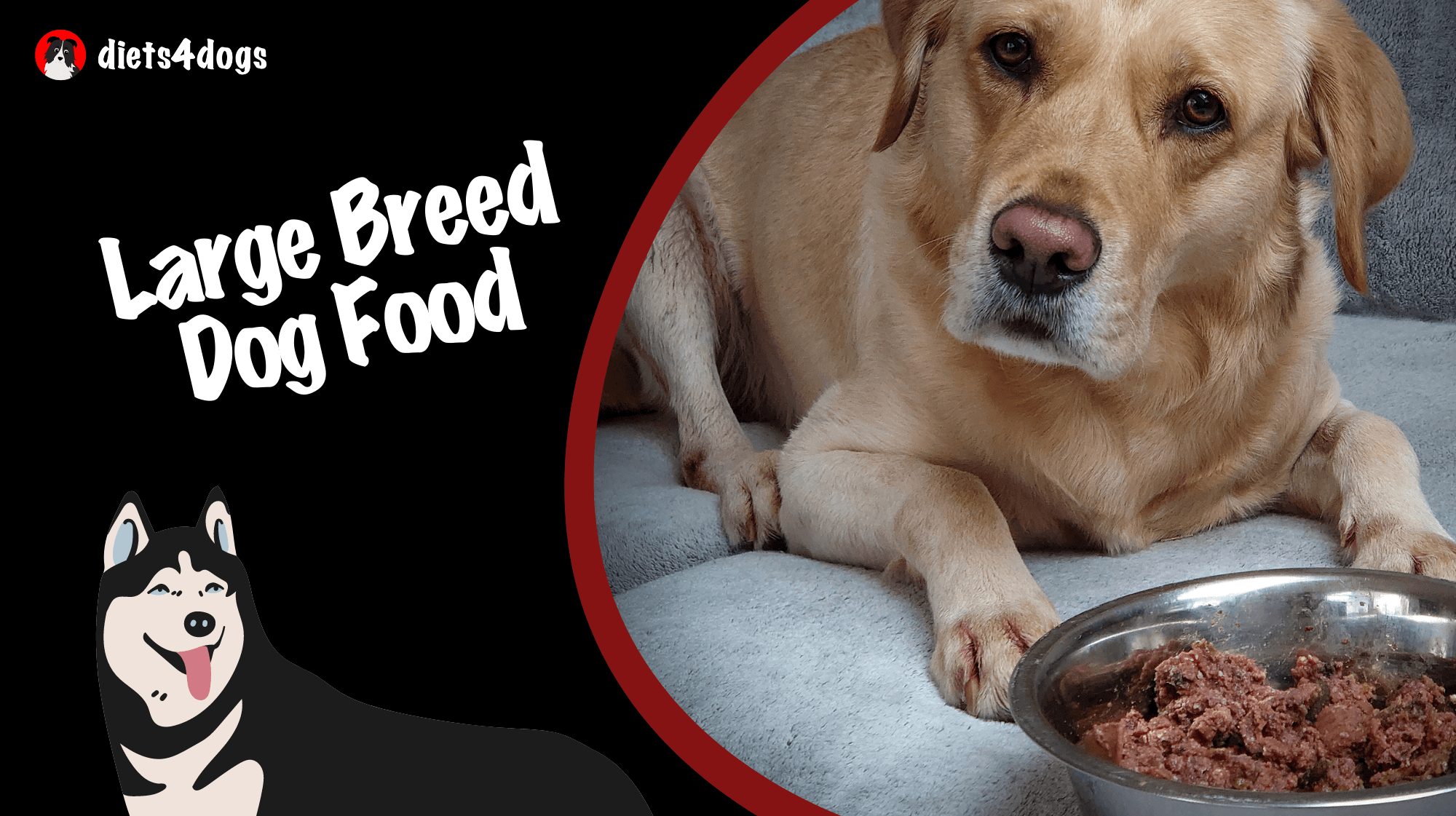Welcome to the pawsome world of premium dog food for allergies! If your furry friend has been experiencing a case of the itchies or upset tummy, it might be more than just an off day for them; it’s possible they have food allergies. With so many pet parents dealing with the same issue, we’re here to be your four-pawed nutrition guide. This blog post will tackle common causes of dog food allergies, show you how premium dog food can make a world of difference for your allergy-prone pet, and provide valuable tips to help you make the best choice for your pooch’s health. Get ready to wag your tail for wellness!
Premium Dog Food for Allergies: How to Choose the Right One
To choose the right premium dog food for allergies, first identify your dog’s specific allergens with the help of a veterinarian. Look for high-quality, hypoallergenic dog food containing limited ingredients and minimal or no artificial additives. Utilize grain-free or novel protein options, as these are less likely to cause allergic reactions. Always consult with your vet before making changes to your pet’s diet and monitor for improvements in their allergy symptoms after transitioning to the new food.
Understanding Dog Food Allergies
Dog food allergies occur when a dog’s immune system mistakenly identifies a food ingredient as harmful and mounts an inflammatory response. This can lead to a variety of symptoms, including itching, skin issues, gastrointestinal problems, and more. But fear not, fellow pet parents! Knowing how to choose the right premium dog food to tackle allergies is already half the battle.
High-Quality Ingredients for Healthy Pups
When looking for the best premium dog food to combat allergies, focus on products with high-quality, natural ingredients. These foods have less of the artificial additives and filler ingredients that can trigger or exacerbate allergies in sensitive dogs. Here are some factors to consider:
Limited Ingredient Diets
A limited ingredient diet (LID) is specifically designed for dogs with food sensitivities. These diets contain fewer ingredients than traditional dog foods, making it easier to identify and avoid potential allergens. Start by selecting a premium dog food with LID to alleviate your pet’s allergies.
Grain-Free Options
Grains such as wheat, corn, and soy are common allergens for dogs. By choosing a grain-free premium dog food, you may help eliminate symptoms related to grain allergies. Make sure to choose a well-balanced, grain-free diet rich in high-quality protein and other essential nutrients.
Novel Protein Sources
Switching to a dog food with novel protein sources can also help manage food allergies. Novel proteins are uncommon protein sources that your dog may not have been previously exposed to, such as duck, rabbit, or venison. This can reduce the likelihood of an allergic reaction, as their immune system may not recognize these ingredients as allergens.
Dealing With Common Allergies
Protein Allergies
Did you know that the most common food allergens for dogs are actually various proteins? Beef, chicken, and dairy are some of the top culprits. If you suspect that your pet may have a protein allergy, it’s time to try a premium dog food with a different protein source. Make sure to read the labels carefully, and consider swapping to a fish or plant-based protein option.
Artificial Additives
Pet parents, beware! Artificial colors, flavors, and preservatives could be hiding in your dog’s food, causing or worsening allergies. Always choose a premium dog food with minimal or no artificial additives to keep your pet’s symptoms at bay.
Consult With Your Vet & Monitor Progress
No bones about it – before making any dietary changes for your pet, always check with your veterinarian first. They can help you identify the culprit behind your pet’s allergies and guide you in choosing the best premium dog food for their needs. After making the switch, be patient and closely monitor your dog’s progress. If their allergy symptoms improve, you’ll know you’ve made the right choice! And, as always, let your pup’s wagging tail be your guide.
Transitioning to a New Dog Food
Making the switch to a new premium dog food is a gradual process that helps avoid upsetting your furry friend’s stomach. To ensure a smooth and successful transition, gradually mix the new food with the old food over a period of 7-10 days. Start with a 25% new to 75% old food ratio, and slowly increase the ratio every few days until you’re feeding 100% of the new allergy-friendly dog food.
Ingredients to Avoid in Dog Food
Beyond known allergens, there are some ingredients that you should steer clear of when choosing a premium dog food for your dog’s nutrition. These controversial ingredients can cause health issues or exacerbate existing allergies:
- Byproducts: Meat or poultry byproducts may consist of low-quality protein sources that are difficult for your dog to digest, increasing the risk of allergies.
- BHA and BHT: These chemical preservatives have been linked to health issues and can potentially trigger allergies in sensitive pets.
- Artificial colors: Synthetic colors like Yellow 5 and Red 40 don’t contribute to your dog’s nutrition and may cause allergic reactions in some dogs.
- MSG: Monosodium glutamate, a flavor enhancer, can cause or exacerbate allergies and should be avoided.
By carefully reading labels and avoiding these questionable ingredients, you’ll help ensure that your dog’s meals are both allergy-friendly and health-promoting.
Home-Cooked and Raw Diets
For some pet parents, preparing homemade meals or following a raw diet is an alternative approach to managing their dog’s food allergies. These diets can provide greater control over the ingredients your pup is consuming, thus offering a heightened level of dog nutrition. However, they require careful attention to ensure a well-balanced, complete meal with all essential nutrients.
If you’re considering this route, consult your veterinarian or a canine nutrition expert to create a dietary plan that’s suitable for your dog and addresses their specific allergies. Remember, what matters most is tailoring the diet to your pup’s unique needs!
FAQ: All About Premium Dog Food for Allergies
Feeling a little overwhelmed by the wealth of information on premium dog food for allergies? Don’t worry, we’ve got your tail covered! Below, you’ll find a handy list of frequently asked questions and concise answers to guide you through the world of allergy-friendly dog food.
1. What are the common signs of food allergies in dogs?
Common signs of food allergies in dogs include itching, skin issues (redness, bumps, or rashes), excessive licking or scratching, gastrointestinal problems (diarrhea or vomiting), ear infections, and changes in coat quality.
2. Are grain-free diets always better for allergy-prone dogs?
While many dogs with food allergies benefit from grain-free diets, it’s not a one-size-fits-all solution. Some dogs may still experience symptoms with grain-free food, while others may require further changes in protein sources or overall ingredient selection. Consult with your veterinarian for a personalized recommendation.
3. How is a food allergy different from food intolerance?
Food allergies involve an immune system response to a particular ingredient, causing various symptoms like itching, skin issues, and gastrointestinal problems. Food intolerance, on the other hand, is a digestive issue where the body cannot properly process a specific ingredient, leading to symptoms such as gas or diarrhea.
4. Can dog nutrition play a role in managing allergies?
Absolutely! Optimal dog nutrition helps support a healthy immune system, reducing the likelihood and severity of allergic reactions. Choosing an allergy-friendly premium dog food with high-quality ingredients directly contributes to better overall health for your pet.
5. What breeds are more prone to food allergies?
Some dog breeds seem to be more susceptible to food allergies, including Boxers, Bulldogs, Cocker Spaniels, German Shepherds, Golden Retrievers, Labrador Retrievers, Pugs, Shar-Peis, and West Highland White Terriers. However, any dog can develop food allergies.
6. Is it difficult to find allergy-friendly dog treats?
While it might take a bit more effort to find allergy-friendly dog treats, many brands now offer hypoallergenic options made with limited ingredients and novel proteins. Just be sure to read labels carefully and consult with your veterinarian before introducing new treats to your dog’s diet.
7. How long does it take for a dog’s allergic symptoms to improve after switching to a new food?
It varies depending on the dog and the severity of the allergy. Some dogs may experience improvements within days, while it could take weeks for others. Be patient and monitor your dog closely; consult with your veterinarian if there’s no improvement after a few weeks.
8. My dog seems to be allergic to multiple ingredients. What should I do?
If your dog appears to be allergic to multiple ingredients, consider seeking veterinary advice for a personalized diet plan and allergy testing. Your vet may recommend a limited ingredient diet, novel protein sources, or even a veterinary prescription diet to best address the specific needs of your pet.
9. Can an elimination diet help identify my dog’s food allergies?
An elimination diet, which involves feeding your dog a strict diet of novel ingredients for a set period, can help identify food allergies. It’s essential to work with your veterinarian to develop and monitor this trial, as they can guide you through the process and help pinpoint culprits in your dog’s diet.
10. Should I only feed my dog raw or home-cooked meals to avoid allergies?
Raw or home-cooked diets can offer more control over ingredient selection, which might be helpful for allergy-prone pups. However, these diets require careful planning to ensure nutritional balance. Consult a veterinary nutrition expert or your veterinarian for guidance if you’re considering this approach.





